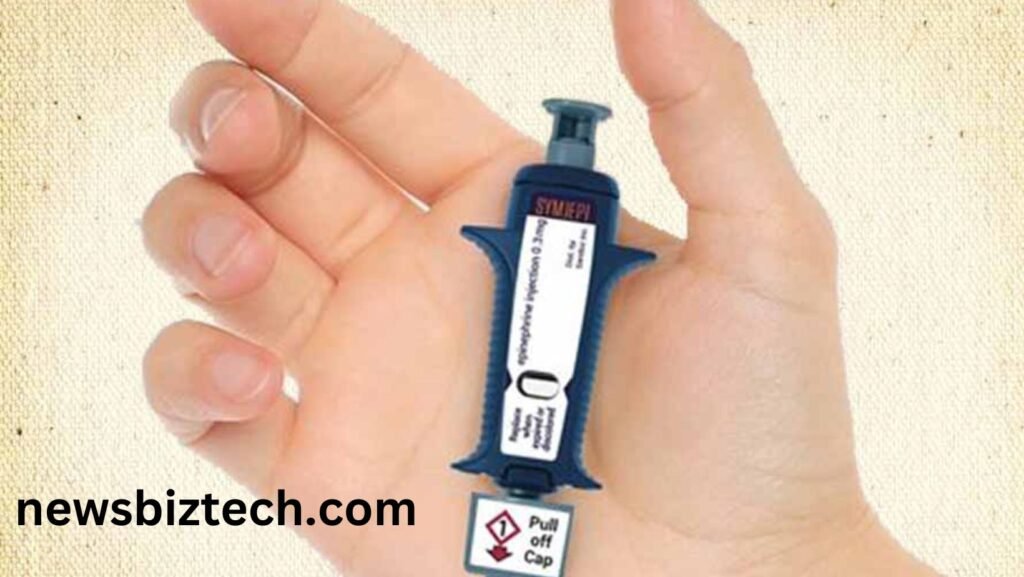“Snepi injection la ë™ë¶€ë³’ì›” is a highly specialized technique of injection or an experimental system of drug delivery. The advancement of healthcare technologies has made injections diversify in applications from routine vaccinations to complex gene therapy systems. Therefore, this text explores the possible interpretations, current real-world applications, and prospects of such an injection system focusing on medical technology innovation. We will also consider FAQs and interpret the meaning of regulatory, clinical, and market trends.
Key Takeaways
- Snepi injections likely relate to cutting-edge biomedical innovation or experimental treatment methodologies.
- These injections may align with advancements in personalized medicine, immunotherapy, and targeted drug delivery systems.
- Clinical trials and research developments are rapidly evolving in this area, making such technologies highly relevant in healthcare.
- It is essential to monitor regulatory progress and patient outcomes when dealing with innovative biomedical treatments.
What is Snepi Injection La ë™ë¶€ë³’ì›?

Interpretations of Snepi Injection
There is no direct information related to the above term. However, from analogous fields, some assumptions are as follows:
Also, Read More: snepi injection la ë™ë¶€ë³‘ì›
- Experimental injections: It can be part of the drug or biologic being tested in a clinical trial.
- Biotechnology-based treatments: Such injections may involve mRNA or CRISPR-based gene therapy agents.
- Nanomedicine: nano-drug delivery systems or targeted biological treatments.
Medical Context – Types of injections and their uses

Main forms of injections used in modern medicine
Snepi injection may be classified under one of these categories or it may be an entirely novel method of drug administration, maybe precision delivery, or gene modification.
| Injection Type | Target Area | Use Cases |
|---|---|---|
| Intramuscular (IM) | Muscle Tissue | Vaccinations, Hormone therapy |
| Subcutaneous (SC) | Under Skin | Insulin, Pain relief drugs |
| Intravenous (IV) | Veins | Chemotherapy, Anesthesia |
| Intrathecal | Spinal Fluid | Pain management, Chemotherapy |
Venture into possible applications of snip injection
Is Snepi Injection A New Form of Drug Administration?
Modern injections play more than the role of drug administration; they are part of advanced therapeutic strategies. Snepi injections can function in the following aspects:
- Local drug administration: Avoid systemic side effects by acting locally within certain tissues
- Increased bioavailability: Increasing the amount that diffuses into the circulation
- Gene therapy and mRNA drugs: Direct delivery of genetic templates for the production of therapeutic proteins inside the cells
Comparison Table of Traditional vs Advanced Injections
Injection Type | Target Area | Use Cases |
|---|---|---|
| Intramuscular (IM) | Muscle Tissue | Vaccinations, Hormone therapy |
| Subcutaneous (SC) | Under Skin | Insulin, Pain relief drugs |
| Intravenous (IV) | Veins | Chemotherapy, Anesthesia |
| Intrathecal | Spinal Fluid | Pain management, Chemotherapy |
Clinical Studies and Snepi Injection Development

The Role of Clinical Trials in Experimental Treatments
Most new injection-based treatments are subjected to clinical trials before administration to any patients. For such treatments, possible phases for the trial exist:
- Phase I: Conducted based on healthy volunteers to ensure safety.
- Phase II: Conducted based on patients to determine efficacy.
- Phase III: Large tests on safety and effectiveness.
- Phase IV: Postapproval surveys to establish long-term side effects.
Future of Injection-Based Healthcare

Subheading: Personalized Medicine and Snepi Injection
With the future of healthcare trending more towards tailored treatments of each patient’s uniqueness, injections designed to a patient’s genetic pattern would become essential. Some of the probable future advances are:
Drug formulation by AI, for specific patients.
Real-time absorption and effects mapping of drugs.
Adaptive treatments respond to the changes in the patient’s condition.
- Subheading: Trends in the Drug Delivery Systems Market
- Subheading: Injection-Based Therapies Growth Projections
These statistics show a high growth of participation of advanced injection technologies in healthcare care throughout the world.
Possible Regulatory Issues
FDA and EMA
New injection technologies will have to be subject to the regulations taken forward by agencies in the US that include the FDA and in Europe EMA. Major regulatory issues include:
- Safety studies during clinical testing
- Follow-up studies on patients after a certain period
- Quality control at manufacturing sites for novel biological agents
FAQs

What is the main purpose of Snepi injections?
Though this cannot be confirmed, injections with Snepi may attempt to improve the administration of medications or other treatments that involve high clinical practices like gene therapy.
Does this treatment cause any side effects?
The side effects can be local pain and swelling or immune system reactions. Experimental therapies expose people to dangers that cannot be foreseen since their long-term effects are yet unknown.
What are some benefits of advanced injection technologies?
- They allow for accurate targeting of the tissue
- Lesser side effects as opposed to systemic treatments
- Personalized medicine leads to good patient outcomes
Also, Read More: snepi injection la ë™ë¶€ë³‘ì›
Conclusion
Snepi injection la ë™ë¶€ë³’ì› is in a nutshell an experimental or advanced technology of injection, possibly in the areas of personal medicine, gene therapy, or nano systems for drug delivery. Injectable therapies are going to change the course of patient care and healthcare systems in how targeted delivery, bioavailability, and solutions are going to impact the healthcare system. That could take a bit longer because of regulatory hurdles, but the benefits far outweigh the risks for these technologies to be part of any future healthcare portfolio.

